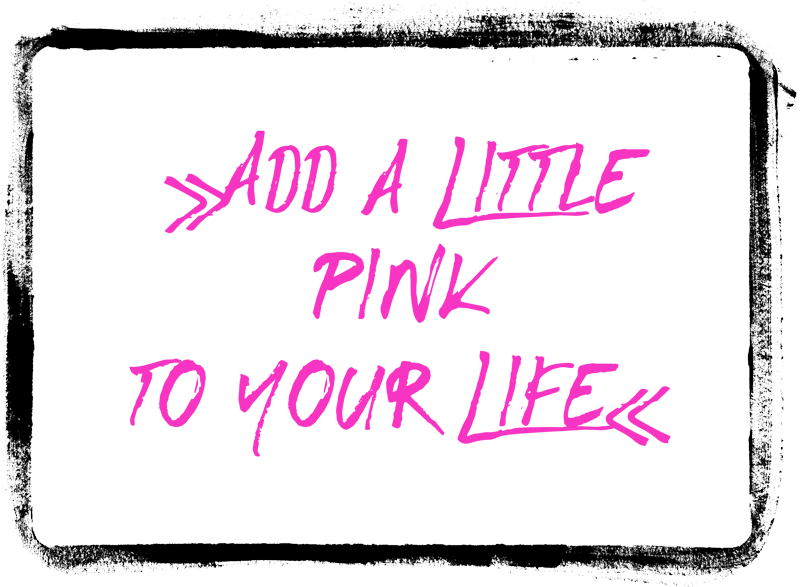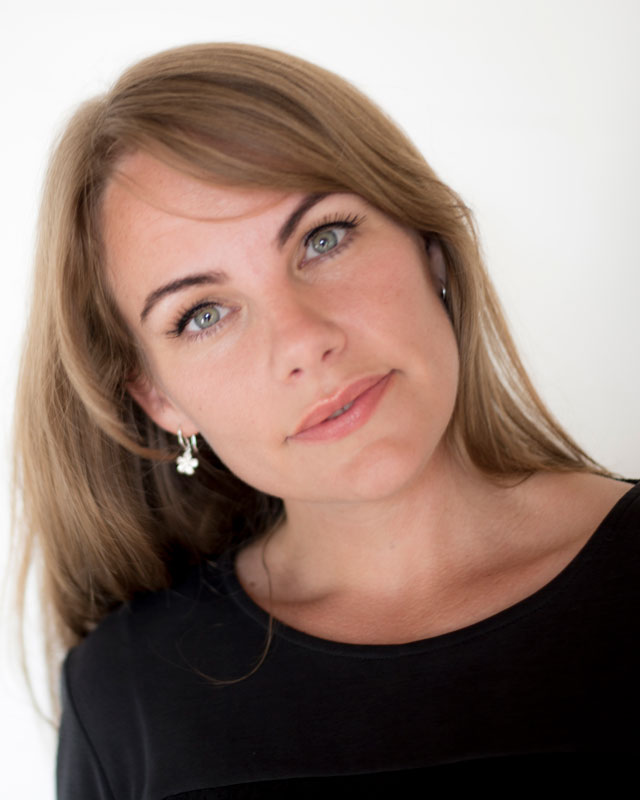What is happiness?
Sociologist Ruuth Veenhoven (2007) defines happiness in relation to the subjective pleasures in life and in terms of how satisfied a person is with his or her life, likes the life one lives or how positively one evaluates one’s life-as-a-whole.
He refers to happiness as being divided into objective quality of life andsubjective quality of life. Put in other words you may call this ‘seen and bought happiness’ versus ‘felt and experienced happiness’.
Objective Quality of Life
Can You Buy Happiness?
The objective quality of life is the quality of life as judged from the outside and determined by explicit standards for a good life. Although this somewhat calls for pursuit of outer symbols of happiness, artifacts in the form of material goods and increased economic prosperity have proven not to contribute much to happiness (Csikszentmihalyi & Knoop, 2007; Zachariae, 2009). It seems you cannot buy happiness.
Subjective quality of life
How Happiness feels?
The subjective quality of life, on the other hand, is self-assessment based on implicit criteria such as the individual’s experienced well-being and or satisfaction with life. These aspects are related to how you feel about your life and experience and appreciate it.


How happy are you?
- If you were to evaluate your life and happiness objectively and as a person who saw your life from the outside, how would you rate your life on a scale of 1-10, where 10 is highest?
- How does this objective assessment correspond with how you really feel (subjectively)? Do you feel happy and appreciate yourself and life at the same level you assessed your life from the outside? What is your rating from 1-10 on the basis of how happy you feel?
Discrepancy between ‘Seen’ and ‘Felt’ Happiness?
There isn’t necessarily consistency between how we evaluate our lives and happiness from the outside and how we feel about it or experience it. Many of the people I meet, lecture and coach evaluate their lives and happiness as seen from the outside as higher than what the actually feel. Wouldn’t it be better the other way around? Should we do something about that? Read more in the blog, contact Sanne, book lecture.
Happiness has thus become an expression of the consumer society’s standards and norms for a self-staged creation of an ideal self which can be portrayed on social media. Sharing only the perfect moments from your so called perfect well-polished life or staged imperfection to make it seem more real.
But keep in mind: It isn’t necessarily the person who looks happy who is happy. “A person who thinks he is happy, really is happy.” (Ruuth Veenhoven).


Who is Sanne?

My name is Sanne Østergaard Nissen. I am a well-being and behavioural researcher – and expert in the field of perfectionism, senior lecturer, coach, head of Study programme at University College South Denmark and public speaker.
My heart lies in creating well-being and I have an ability to ask questions that create new thinking patterns, reflection and subsequent positive change.


How to attain well-being?
Focus on Various Nuances of Life
Focus should be placed on the subjective quality of life and on the various nuances of life that make life worth living and creates well-being. According to psychologist Martin Seligman (2010), this may be love, better relationships, meaning, gratitude, growth and achievement. Seligman moves away from the concept of happiness with the justification that the word has become used to the extend that it has lost its meaning.
In his theory of well-being, PERMA, he includes five elements: Positive emotion. Engagement. Relations. Meaning and Achievement.
Positive emotion. Engagement. Relations. Meaning and Achievement.


Sanne has developed Seligman’s well-being theory further based on her own research on perfectionism as well as based on positive psychology. She calls her model
PERFECT MINDS©
You can hear more about this in her lectures.
Posts from the blog
No Results Found
The page you requested could not be found. Try refining your search, or use the navigation above to locate the post.
Sources:
Csikszentmihalyi, M. & Knoop, H.H. (2007). Kompleksitet – universelt ideal og global trussel. In: Lyhne, J. & Knoop, H. H. (red.), Positiv Psykologi – Positiv Pædagogik. (189-202). København: Dansk Psykologisk Forlag.
Veenhoven, R. (2007). Hvad ved vi om lykke. I: Lyhne, J. & Knoop, H. H. (red.), Positiv Psykologi – Positiv Pædagogik. (189-202). København: Dansk Psykologisk Forlag.
Zachariae, B. (2009). Livskvalitet. I: Kamper-Jørgensen f, Almind G: Forebyggende sundhedsarbejde. København: Munksgaard, 5. udg. Kap. 3, 67-84.
Seligman, M.E.P (2010). At Lykkes – En perspektivrig positiv psykologi om lykke og trivsel. København: Forlaget Mindspace.
